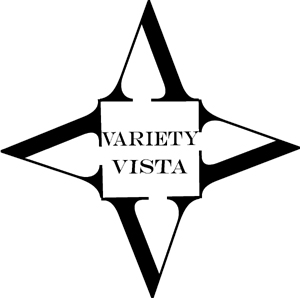
Your online center for all things die variety
Proper Magnification for Die Varieties
The standards we use in variety collecting and attribution have been in place for over three decades and thus are well established. Cherrypickers prefer a 10x loupe, usually of the Hastings triplet type, such as the one manufactured by Bausch & Lomb. The Hastings triplet is composed of three layers of optical glass. So it offers high magnification with no distortion around the edges. There are several reasons why this standard was established. It is affordable (still around $40.00). It is portable (easy to carry at coin shows). It allows you to see almost the entire side of a Lincoln cent with one glance. Furthermore, 10x is the standard for listability. If it requires more than 10x to easily see the variety, it is not listable in the CONECA files and thus probably not worth your time and money to collect. Once in the study, a 20x-30x microscope is used to identify the die diagnostics and confirm an attribution of the variety.
Every attribution service has a standard for listability. Some are well published, others not so. Cherrypickers' Guide uses 7x. CONECA uses 10x. In order to be listable in the CONECA files a die variety must be easily seen with a 10x loupe. These standards were set in the 80s and early 90s. The CONECA standard has been published in multiple places over several decades. I am always reminding people of the standard. There were several reasons why the standard was set at 10x. In the 1980's a 10x Hastings triplet loupe was expensive, but not prohibitive for the average variety collector. Only die-hard researchers bought microscopes which at the time were $1000 and only ranged from 10x-60x. We used the microscopes to verify attributions and take photos. Everyone cherrypicked with a 10x loupe. We fully realized that with more magnification, more varieties would be found, but we also realized that the average collector did not "care." There was no interest in collecting varieties that could not easily be seen. In fact, there still isn't (now 40 years later, just check the archives of the PCGS message board). As the files began to be developed, we realized that there were more varieties to be found even at 10x than we thought. The files began to mushroom in size (now at close to 10,000 entries) and the standard helped us keep the files manageable for a volunteer position. I have put thousands upon thousands of volunteer hours into developing these files. Another reason the standard remains at 10x is because one of the goals of the files is for every collector to be able to attribute their own variety coins. The files of some other attributers contain 100+ entries for each date/mint. Trying to work through that many listings to attribute a coin that might have a premium value of $10.00 is insane. It takes more time than the variety is worth. By holding the standard at 10x, the files are much more manageable for everyone, attributer and collector alike.
| If you can't easily see the variety with a 10x loupe it is too minor to list in the CONECA files. |